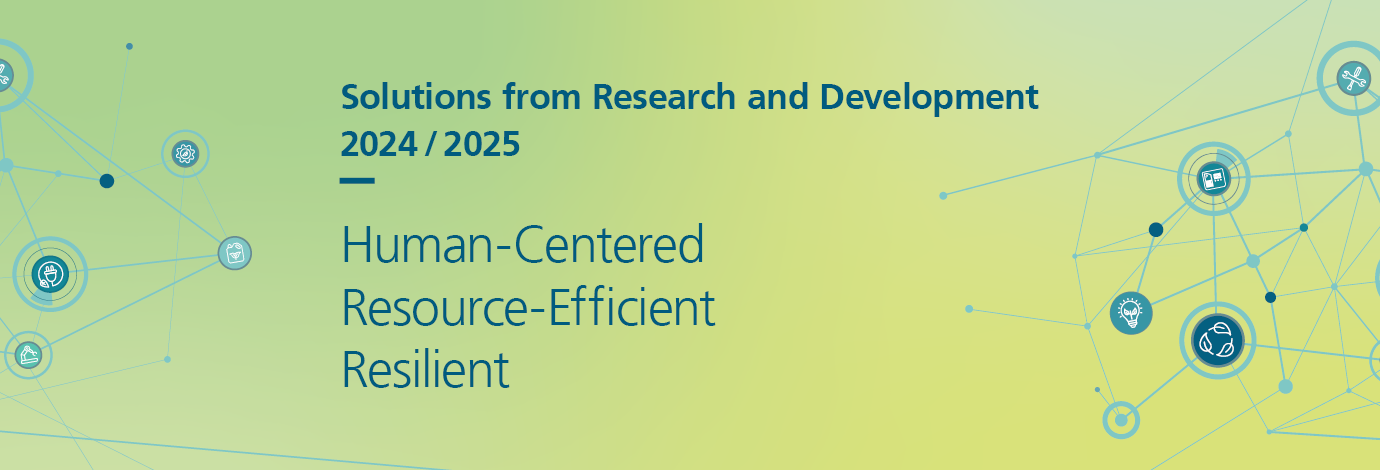Everyone seems to be talking about data. It already forms the foundation of many industrial processes – and its importance will only continue to increase. The efficient management of customer and product data determines how successfully orders can be fulfilled or how well products can be developed across product generations. Machine tools, previously closed technical systems, are equipped with sensors that monitor ongoing processes and machine status. When data is networked, intelligently analyzed and integrated into higher-level systems, it provides the basis for comprehensive management of industrial processes from product development to shop floor and sales. When it is made accessible even beyond company boundaries, data enables a truly circular economy: If the components and materials contained in a product are made transparent to a dismantling business, then decisions about recycling or refurbishment can be more informed – and raw materials or entire products can be kept in use for longer.
R&D projects at Fraunhofer IPK deal with all of these approaches. Product data management across the entire life cycle is just as much a part of this as the development of digital twins. These virtual representations of products, processes and systems mirror their structure and behavior and introduce unprecedented levels of transparency into industrial processes. Data-based solutions also help to overcome communication barriers between domains within a company and to integrate processes across entire businesses.
 Fraunhofer Institute for Production Systems and Design Technology
Fraunhofer Institute for Production Systems and Design Technology


